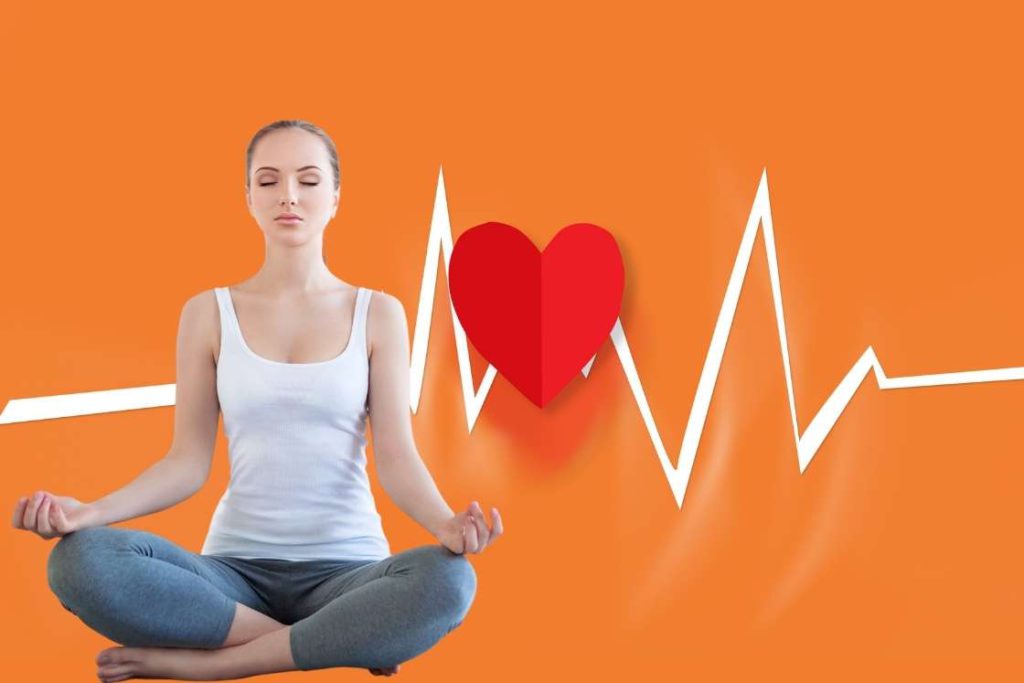
When you practice yoga for high blood pressure, is it only certain poses that give you relief? Yeah, probably you might be practicing certain poses for high blood pressure but yoga itself is a holistic science of 8 limbs not just “certain poses”.
Each limb of yoga can be considered as a baby step that leads you towards better lifestyle habits which eventually gives you control over your blood pressure.
In this article, we will discuss how yoga as a holistic science of 8 limbs can be used to control blood pressure. Following all these limbs together will increase the efficiency of yoga to lower blood pressure.
Limb 1 – Yama, self-restraint
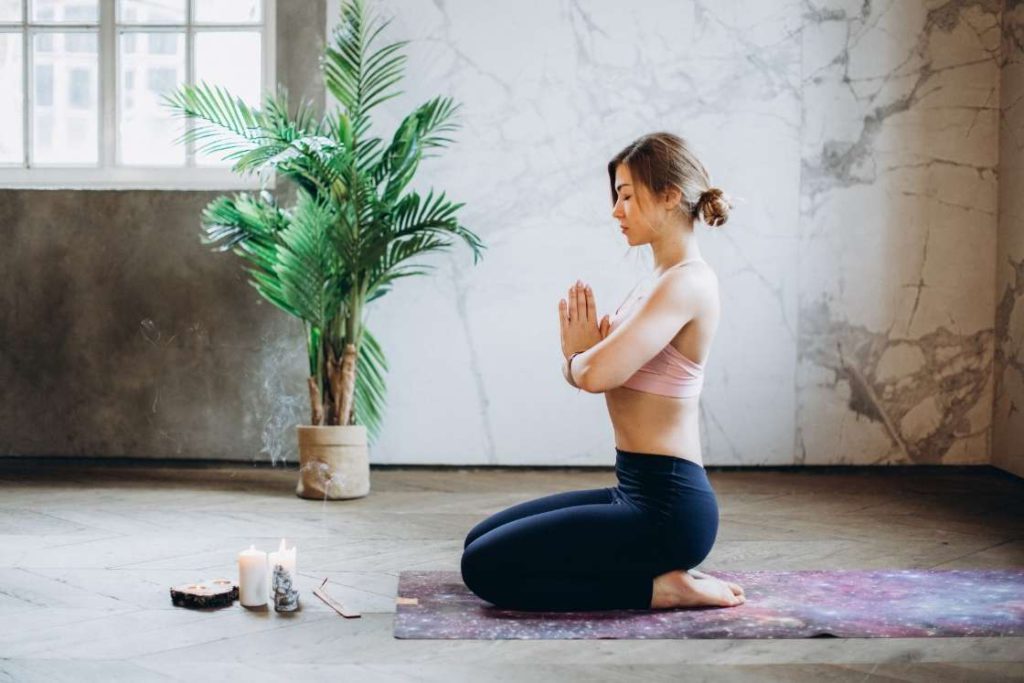
Practicing Yama is going to be the foundation of your blood pressure management program. Most people fail to curb their blood pressure because they lack self-restraint.
People fail to restrain from indulging in an argument, people fail to restrain from a midnight snack, people fail to restrain from the lure of liquor, people fail to restrain from obsessing over earthly cravings, and all of it leads to high blood pressure.
The first limb Yama outlines 5 different areas, that can all help you reduce BP. The areas include non-violence, truth, non-covetousness, monogamy, and non-possessiveness.
Practicing these 5 different life lessons will help you keep a level head and a calm mind. The first limb will effectively keep you out of stress, and reduce your hypertension.
Limb 2 – Niyama, Observance
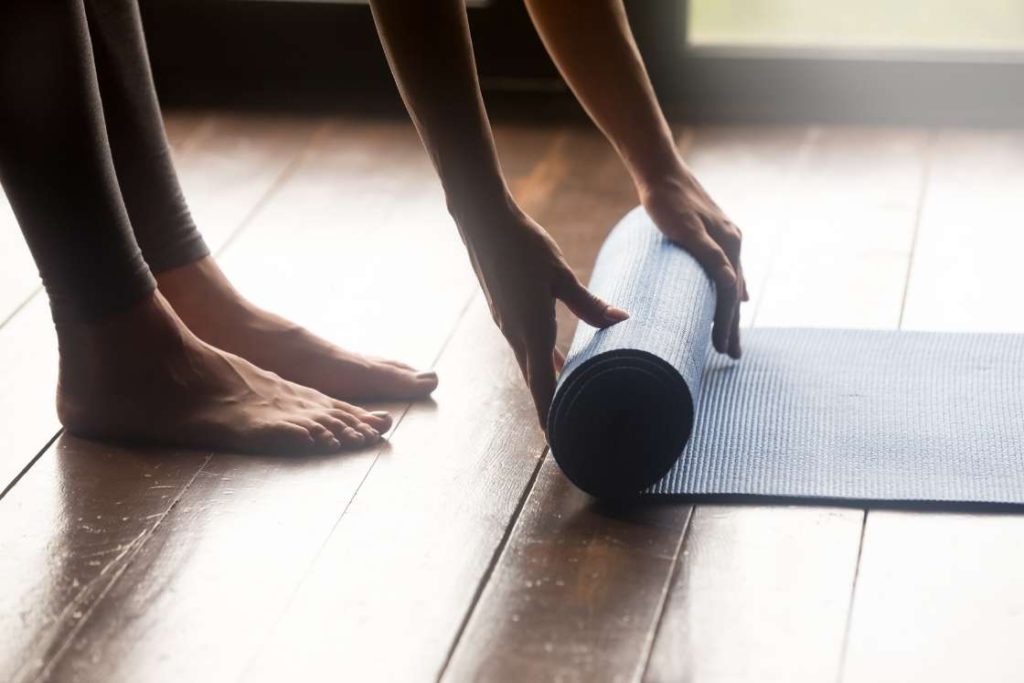
The second limb, Niyama, builds upon the first limb or rather rounds it up. Giving you a completely stress-free mind. The second limb will also help you stay calm and reduce your hypertension.
The areas covered on the second limb are cleanliness, contentment, self-discipline, self-study, and surrender to God. Cleanliness will also help you keep away from bacterial, viral, and fungal infections.
Limb 3 – Asana, Posture
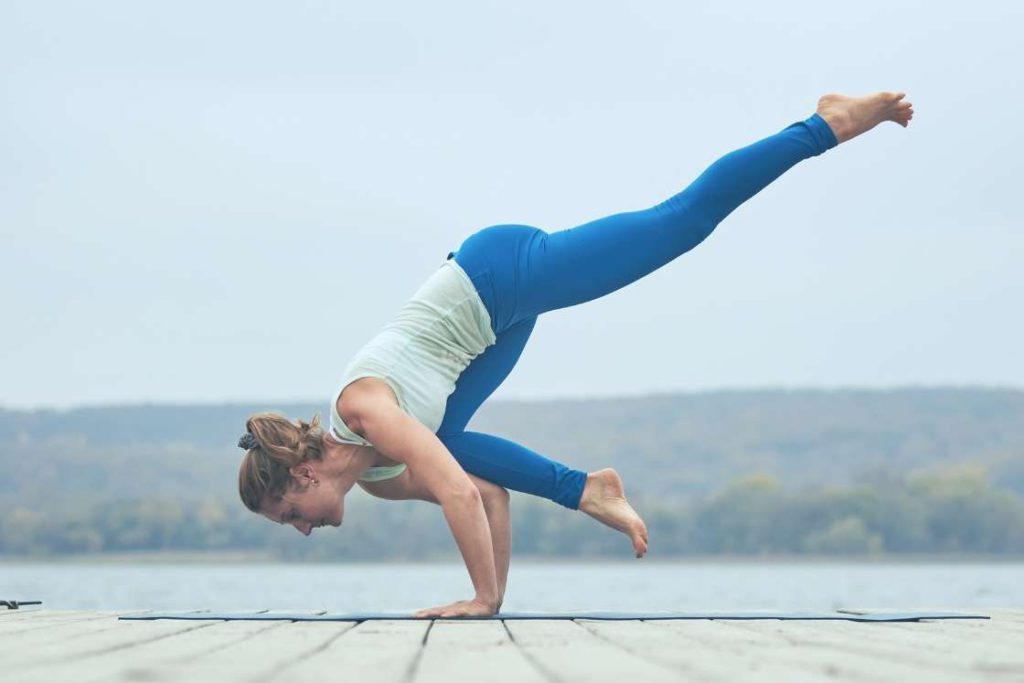
The third limb is what we all understand of yoga in the modern world. It involves mainly your physical movements. The asanas are poses that will directly address the biological process in your body, to reduce high blood pressure. The asanas have high efficacy in benefiting your cardiovascular, respiratory, and nervous health.
Limb 4 – Pranayama, Control of breath
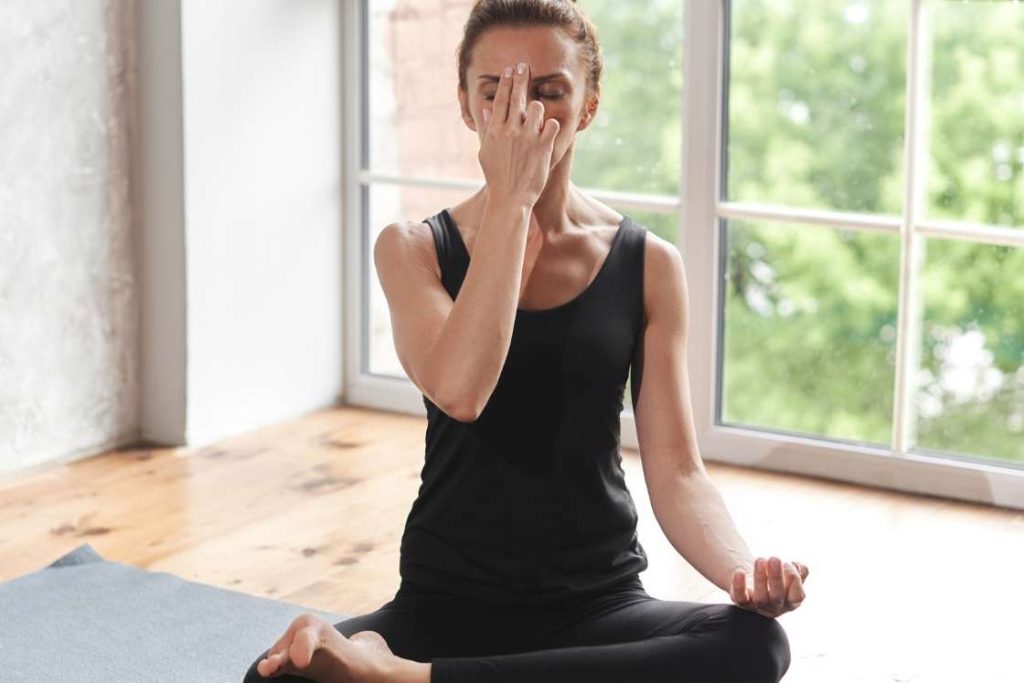
The fourth limb, Pranayama, is all about our physiology. It teaches us different techniques of breathing that address the physiology of different parts and organs of our body. In the case of blood pressure, pranayama helps you improve the physiology of the heart that regulates your blood pressure.
For example, the Nadi Shodhan Pranayama improves the physiology of the respiratory tracts and lungs. The ujjayi Pranayama improves the physiology of the thyroid glands and throat muscles. The Kapalabhati Pranayama improves the physiology of our abdominal organs and muscles. The Bhramari Pranayama improves the physiology of the ENT muscles and nerves, and so on.
Limb 5 – Pratyahara, Sense Withdrawal
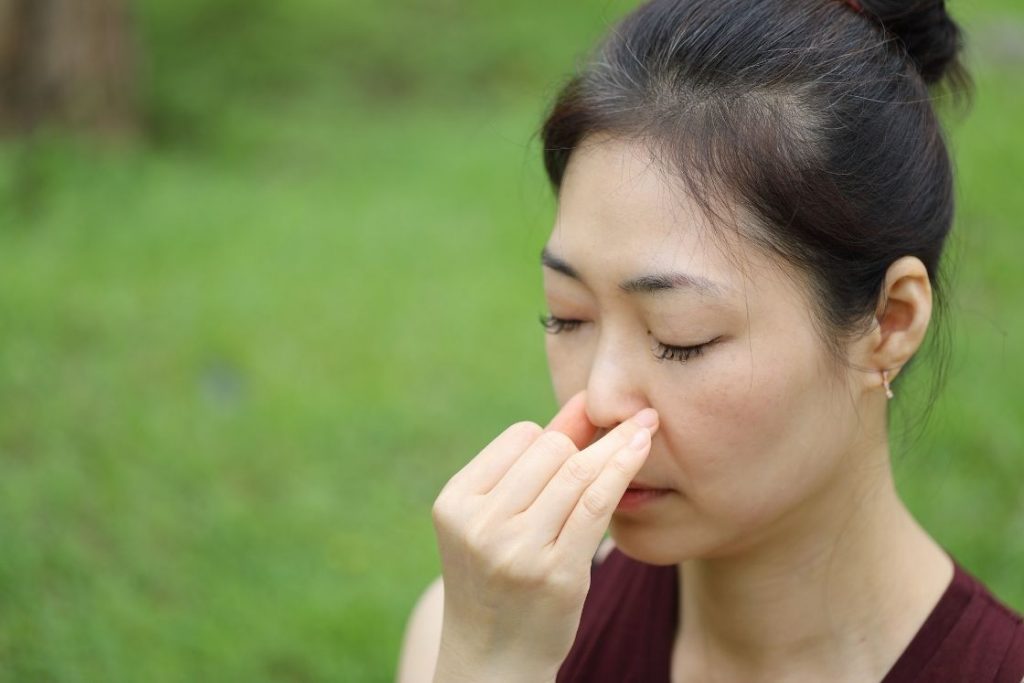
The fifth limb Pratyahara teaches you to withdraw all your senses, hearing, seeing, feeling, touching, and taste. As you learn to withdraw your senses, your brain is relieved from constant analysis of information.
When the workload on your brain is reduced, your circulatory and cardiovascular movements stabilize. Naturally, the blood flow in your arteries reduces, reducing the pressure.
Limb 6 – Dharana, one-point concentration
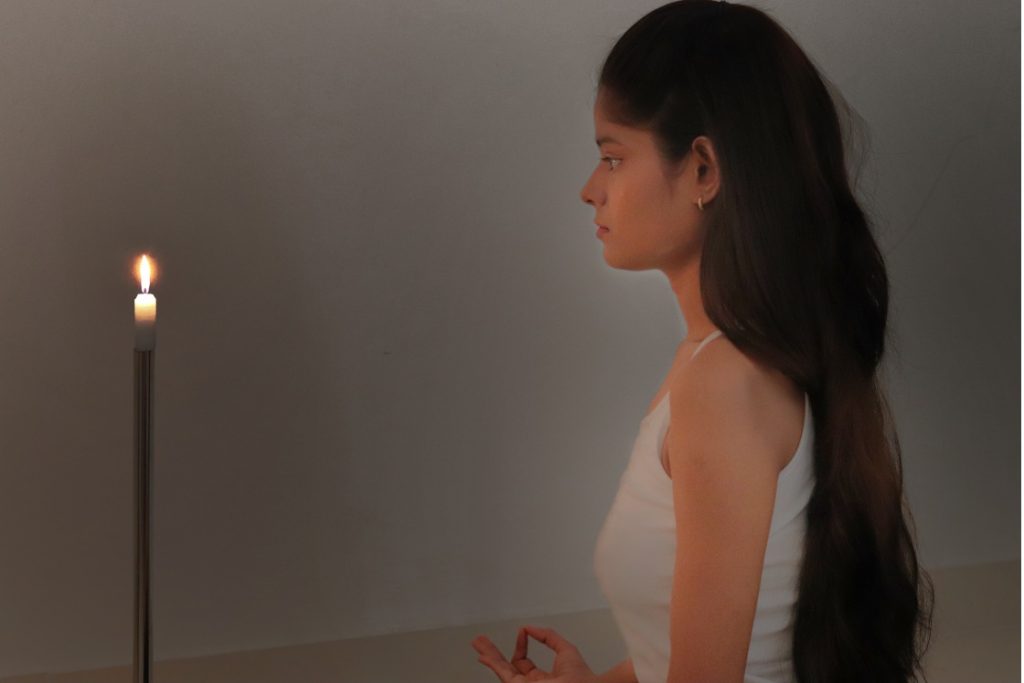
People who fail to manage their blood pressure, mainly do so, because they lack the will and determination. And the lack of will and determination is mostly a result of distractions.
The one-point concentration teaches you to focus solely on the present and ignore all distractions. Practicing the sixth limb, Dharana, you will acquire the will required to pursue your BP management plan.
Limb 7 – Dhyana, Meditation
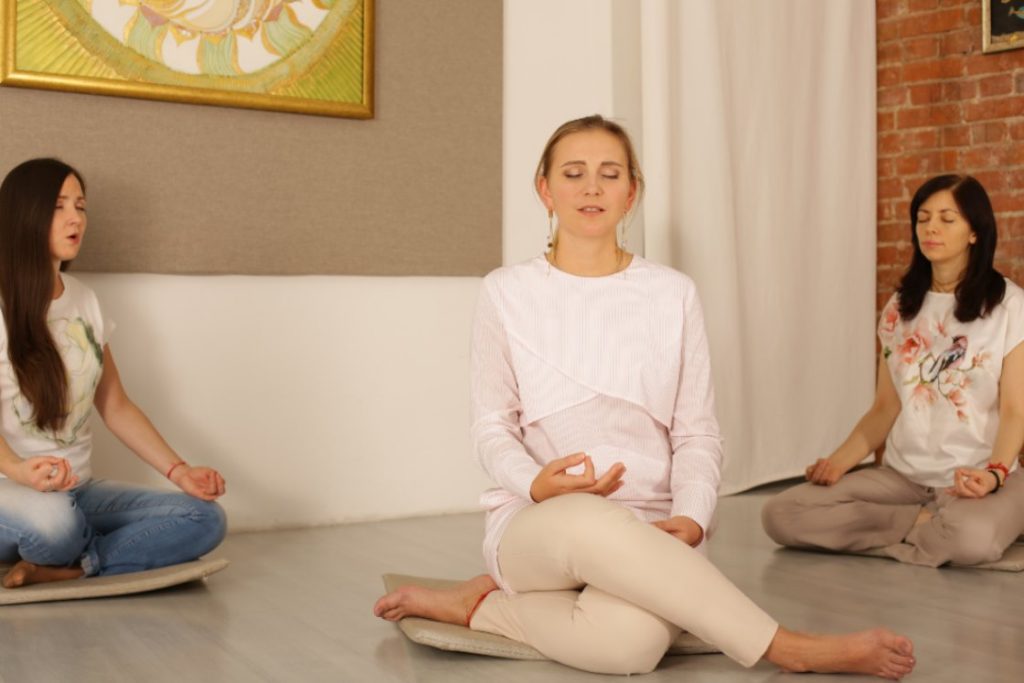
Our lives are riddled with self-doubt, criticism, judgment, and conflicting ethics and morals. And trapped in the web of such intellectual complexities, we initiate stress and agitation. The result of which imprints on our health in form of high blood pressure, irregular bowel movements, digestive disorders, and such.
The seventh limb, Dhyana, teaches you to reach a state of awareness, where you transcend beyond such trivialities. You become the ultimate observer, who allows all thoughts to run in the mind without causing any agitation. Dhyana or meditation will definitely work miracles for your high blood pressure.
Limb 8 – Samadhi, total absorption
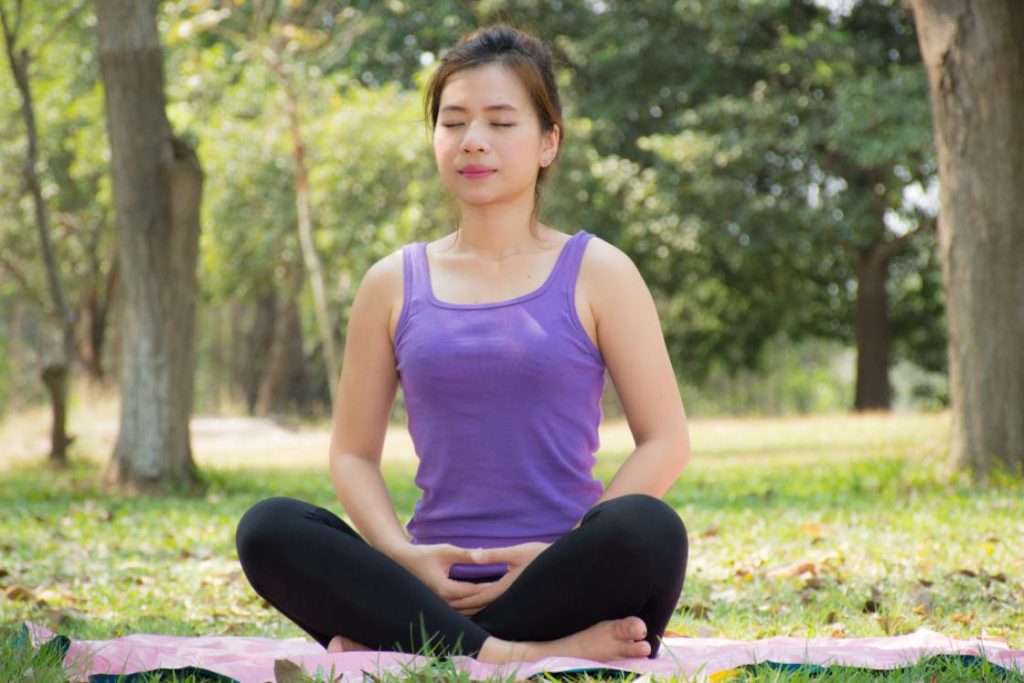
The final limb is the most difficult to master, and even most expert practitioners of yoga fail at this. But not to worry, your blood pressure will be managed by the previous limbs, even if you fail the final limb.
Our analytical mind is nothing but trouble. It constantly meddles with unnecessary thoughts and fetches woeful conclusions. Once again raising stress and agitation, as a result, increasing blood pressure.
The final limb samadhi, trains you to completely switch off your analytical mind. All you do is just breathe and live in the present, being one with the universe.




